Samriel
TPF Noob!
- Joined
- Nov 30, 2007
- Messages
- 325
- Reaction score
- 0
- Location
- Fukuoka, Japan
- Can others edit my Photos
- Photos NOT OK to edit
I'm finally ready to start my journey into large format photography, and I was thinking of making a thread here where I would write stuff as I go on. I would also use the thread to ask question about problems that I'll encounter along the way and it might also help some other LF beginners get some ideas and insights into LF photography.
I probably won't be able to write too often during to time restrictions, but I'll try to write about my progress as often as possible.
I've basically started photography as a hobby only from the beginning of this year, and I only have experience with digital. Somewhere along the way I really got interested in view cameras, sheet film and contact printing, and here I am now getting ready to learn the basics of both view camera operation and darkroom processing. I plan to use LF mostly for nude and people photography (both outdoors and studio), but I'll probably take pictures of other subjects for practice purposes for a while.
So my setup arrived this Saturday, and it looks like this:

I've additionaly got the following:
So much for today, I'll write again after I've developed some film.
I probably won't be able to write too often during to time restrictions, but I'll try to write about my progress as often as possible.
I've basically started photography as a hobby only from the beginning of this year, and I only have experience with digital. Somewhere along the way I really got interested in view cameras, sheet film and contact printing, and here I am now getting ready to learn the basics of both view camera operation and darkroom processing. I plan to use LF mostly for nude and people photography (both outdoors and studio), but I'll probably take pictures of other subjects for practice purposes for a while.
So my setup arrived this Saturday, and it looks like this:
- 8x10 Wista DX field camera
- Kodak Commercial Ektar 14" F/6.3
- Ries J-100 tripod with J-250 head
- Dark cloth
- Additional fresnel ground glass
- 3 Fidelity 8x10 holders
- Pack of Ilford HP5+ (25 sheets)
- 250 Kodak AZO papers (Grade 2 & 3)

I've additionaly got the following:
- Pack of Fujifilm Neopan ACROS 100 (20 sheets)
- Pack of Fujifilm Tone WP (100 papers)
So much for today, I'll write again after I've developed some film.











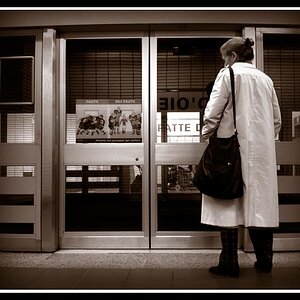
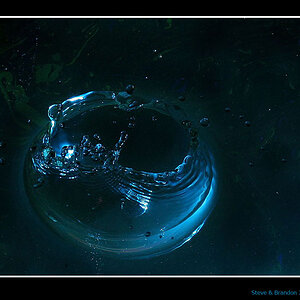
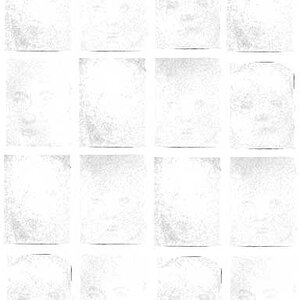
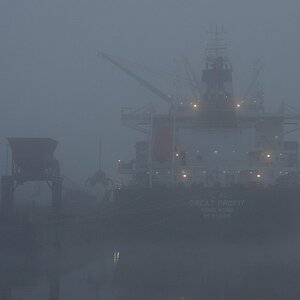
![[No title]](/data/xfmg/thumbnail/30/30879-16ad830465e571dee0a784c7fa122909.jpg?1619734493)
![[No title]](/data/xfmg/thumbnail/1/1592-cfae4a7ea791f96c6e2d03484be2e454.jpg?1619729144)
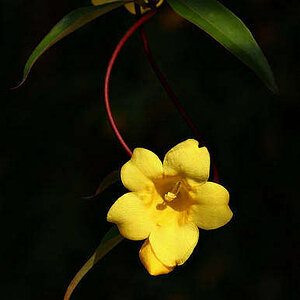
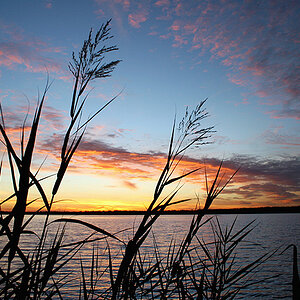

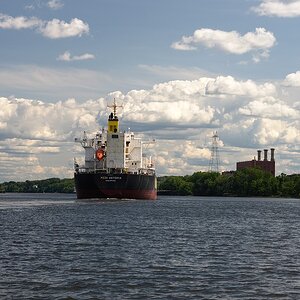
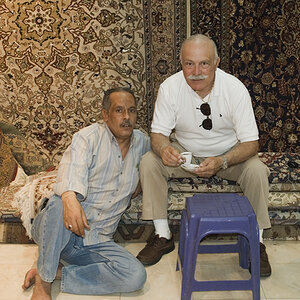
![[No title]](/data/xfmg/thumbnail/30/30881-c36788e79b12973b7bf57c94b46961e9.jpg?1619734495)